An internship is a period of work experience offered by an organization for a limited period. Once confined to medical graduates, an internship is used practice for a wide range of placements in businesses, non-profit organizations and government agencies. They are typically undertaken by students and graduates looking to gain relevant skills and experience in a particular field. Employers benefit from these placements because they often recruit employees from their best interns, who have known capabilities, thus saving time and money in the long run. Internships are usually arranged by third-party organizations that recruit interns on behalf of industry groups. Rules vary from country to country about when interns should be regarded as employees. The system can be open to exploitation by unscrupulous employers
Some benefits of Internship for college students
1. Apply your theory
Internships offer students the chance to put what they are learning into action, in a real-world environment. This helps you better understand the theories and strategies you have been reading about, cementing the learning process and giving you greater focus.
2. Get a feel for the work environment
For students who are exploring their career options, internships are great! By joining a team, you will have a much better understanding of what it’s like working at a particular company and get a clearer idea of the industry itself.
This knowledge will help you in your job hunting in the future, giving you an better idea of the types of jobs you want – and perhaps more importantly – the types of job you don’t want.
3. Boost your confidence
Of course, taking on an internship helps you learn about the work environment, but it also helps you learn about yourself.
You will have a much clearer idea of your strengths, weaknesses, likes and dislikes. Most importantly, knowing that you have hands-on experience will give you far more confidence when it comes to job seeking and interviews.
4. Build networks
As Porter Gale wrote, “your network is your net worth” and internships offer students great networking opportunities. You’ll meet colleagues and team members, take part in meetings and get to know new people in a professional environment.
If you distinguish yourself during your internship, you can make life-long connections who can help you find positions, meet clients, or even make recommendations.
5. Improve your CV
Students who put themselves forward for an internship show that they are willing to take responsibility, work hard, want to learn, and are interested in getting experience. These are all qualities that hiring managers are interested in and this helps you differentiate yourself in a competitive jobs market.
No matter how successful you were in your internship, you can hold your head up high and explain what you learned and what responsibilities you had.
6. Getting a reference or letter of recommendation
When it comes to finding your first graduate position, references and recommendations can be the difference between an offer and a rejection.
Most managers will be happy to offer a reference or letter of recommendation after completing an internship with them, so when the times comes you will have a greater chance of getting the job you have always wanted.
(With some references https://en.wikipedia.org/wiki/Internship)

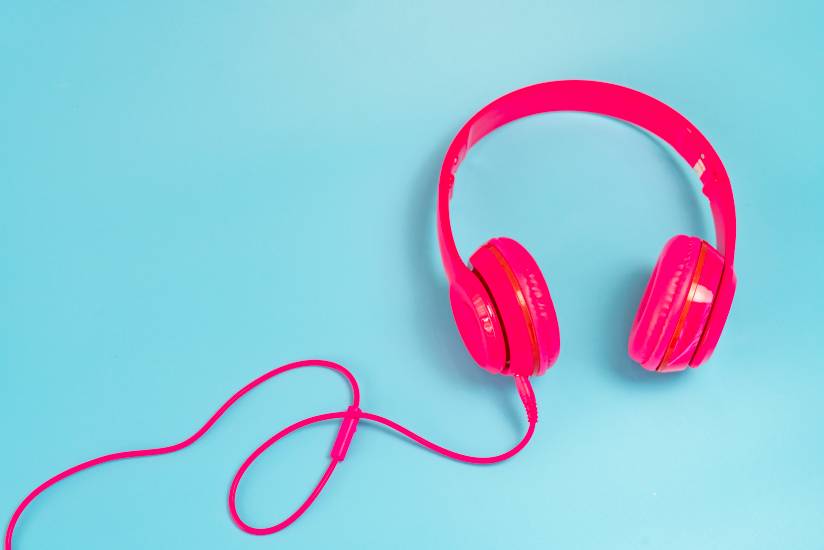

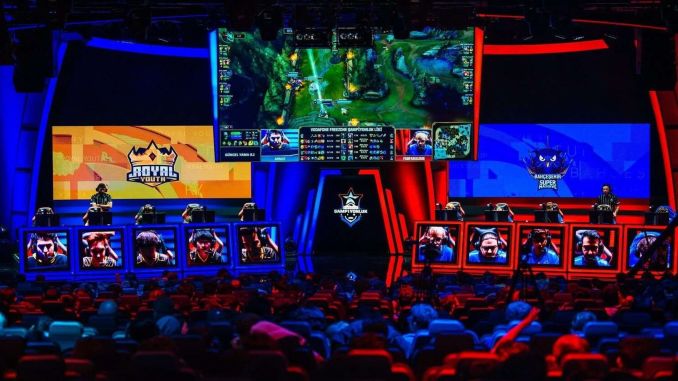



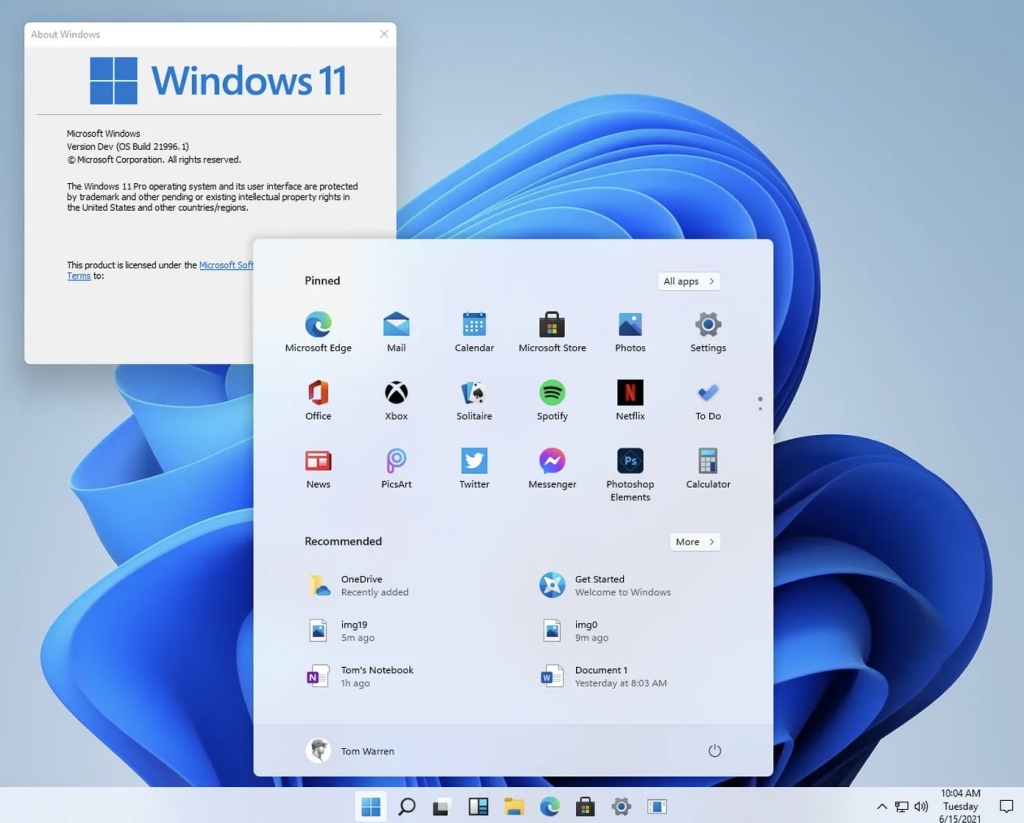





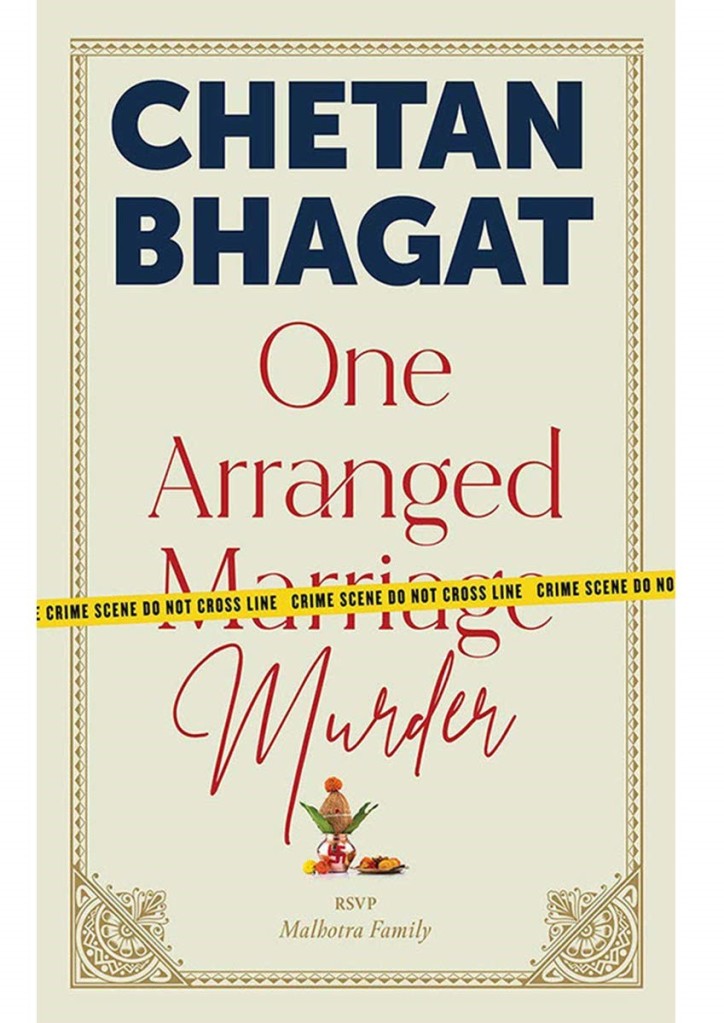
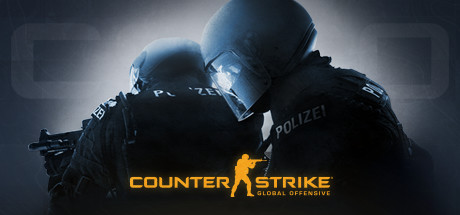





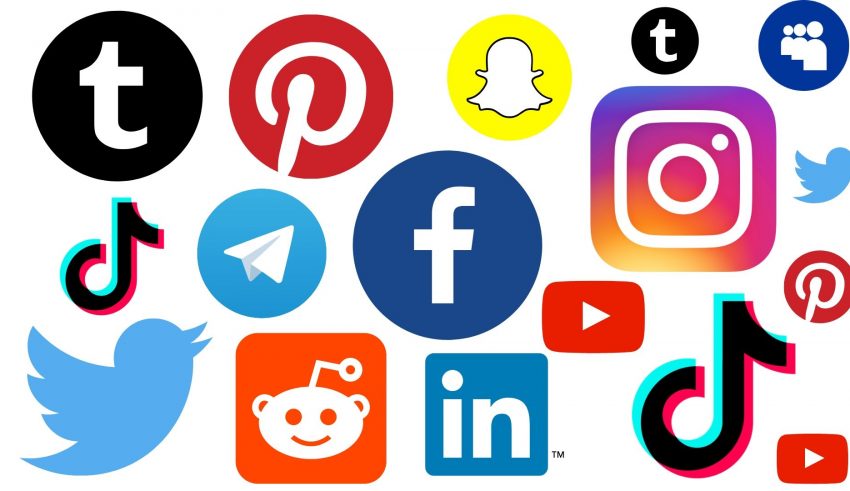



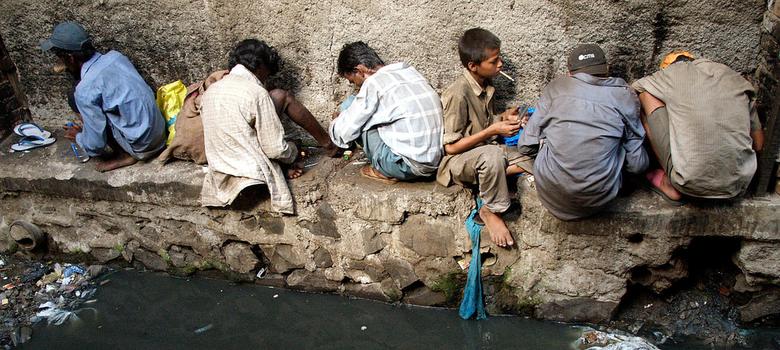
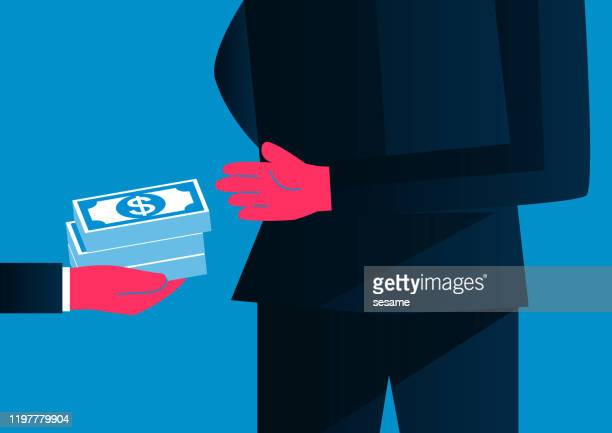




You must be logged in to post a comment.